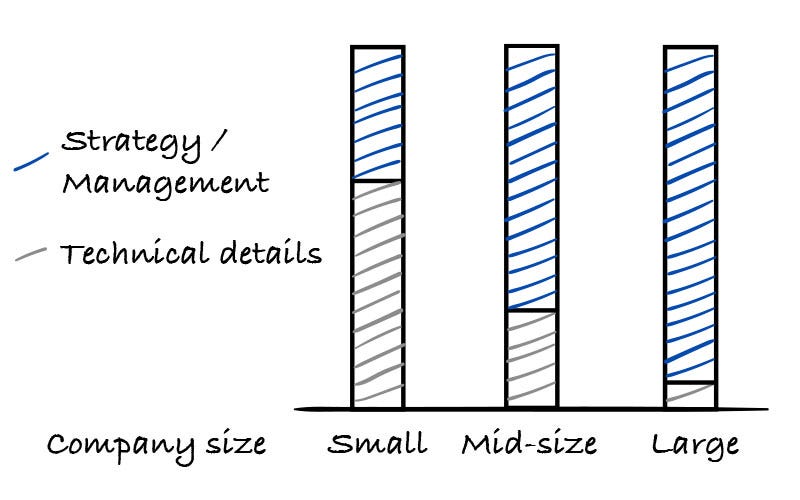What does a CTO do
The role of the CTO heavily depends on which stage currently the company is in.
Intro
A lot of people may be thinking of what exactly does a CTO do? Well, there is not one universal answer to that. What the CTO is doing heavily depends on the business and the size of the organization.
Also, every situation is different. Finding out what brings the most value to the business → that’s what the CTO should be focusing on.
Why is a CTO important for a company?
The CTO is responsible for everything technical. They are the go-to person if something breaks or something is not working as it should be. CTO is also a strategist and visionary, which means that they are here to create a great technical strategy that is aligned with the business. You can read more about how to develop a great tech strategy here.
What’s also important to note is that they need to build a great team around them. Only great teams build great software, therefore building a great team is one of the most important things a CTO can do.
And there are so many other things like culture, hiring, security and …


